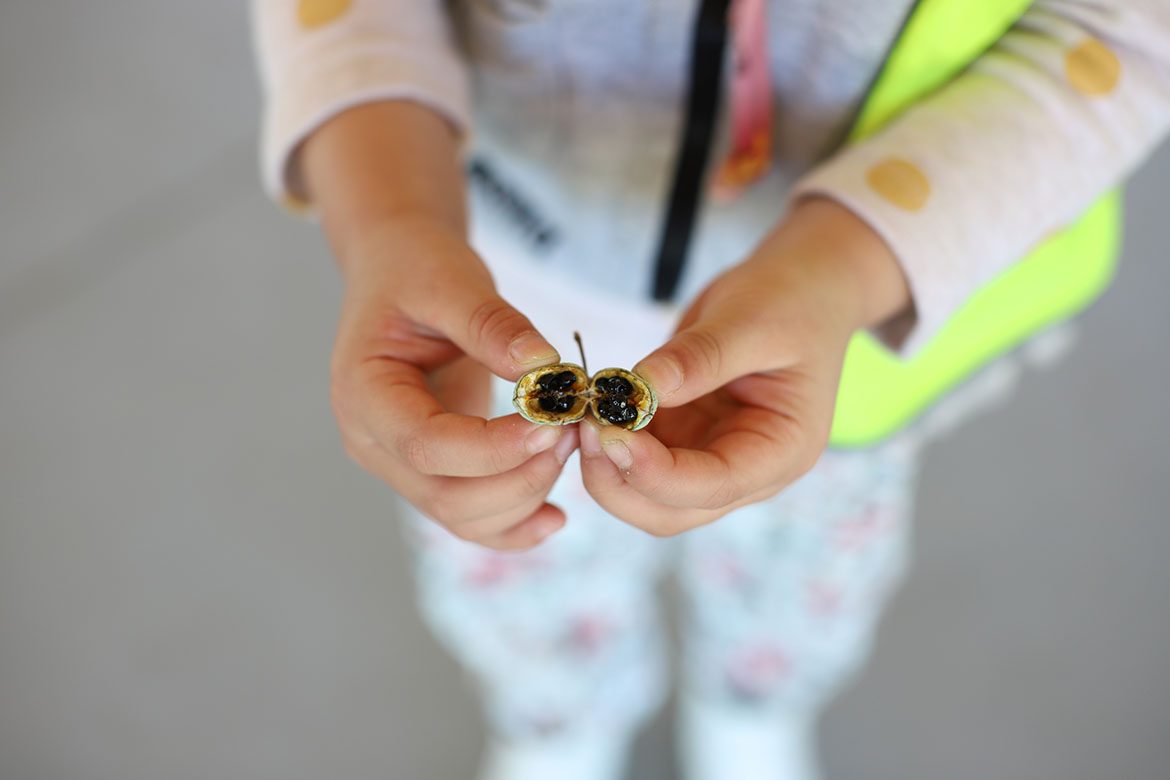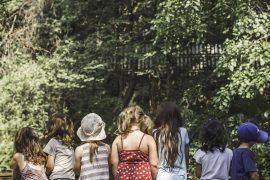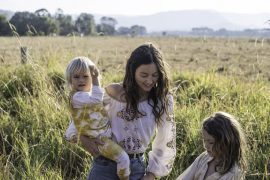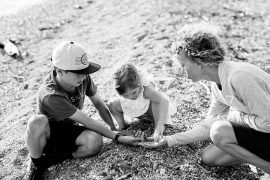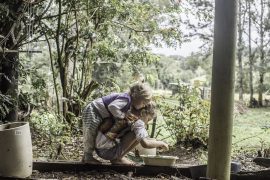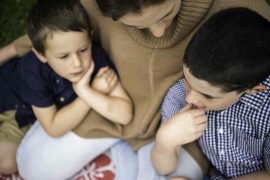By Dane Laugesen and Shannon Woodcock
With screen time almost doubling what it was 20 years ago for toddlers and young adults alike[1], we’ve seen more parents and early childhood educators than ever before warm to the idea of Forest Schools and Bush Kindergartens – wall-less environments where children learn about where their food comes from, how climate change is impacting Papatuanuku (natural environment) and how to become Kaitiakitanga (guardians of the environment) long into the future.
For our children’s centre in Hamilton, the opportunity to introduce bush kindy one day a week for tamariki aged 3 – 5 was relished by teachers and parents.
Giving our children license to run as fast as they can, yell as loudly as they want, and to explore the world without outside influences (toys, unnecessary technology etc) has provided benefits beyond what we had initially expected. In addition to confidence, motivation and concentration increasing amongst the groups we take “bush”, we have also seen increased physical and language skills, leadership and resilience as well as a deeper conceptual understanding and respect for Papatuanuku.
While the concept of bush kindy isn’t new, it is only in the past decade that it has really gathered force in New Zealand. We might say that the hesitation, up until now, has been due to the disconnection with the natural world and a fear of the unsanitised outdoors[2]. But it is for this very reason, that Forest Schools and Bush Kindergarten programs are beneficial to our children.
Children learn how to assess, appreciate and take risks in the activities or tasks they encounter. They learn how to work together and help one another out (tuakana teina), whilst learning to be self-sufficient through trial and error. Research[3] by Liz O’Brien has also shown that it improves mental and spiritual health, communication skills and social relationships amongst other things.

